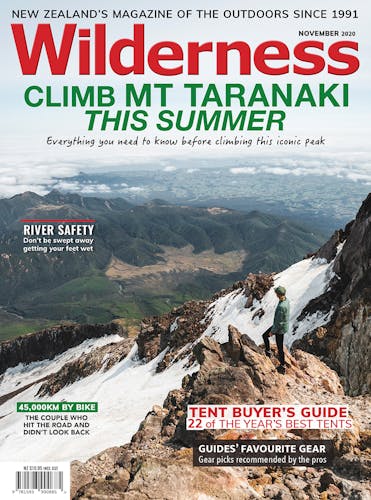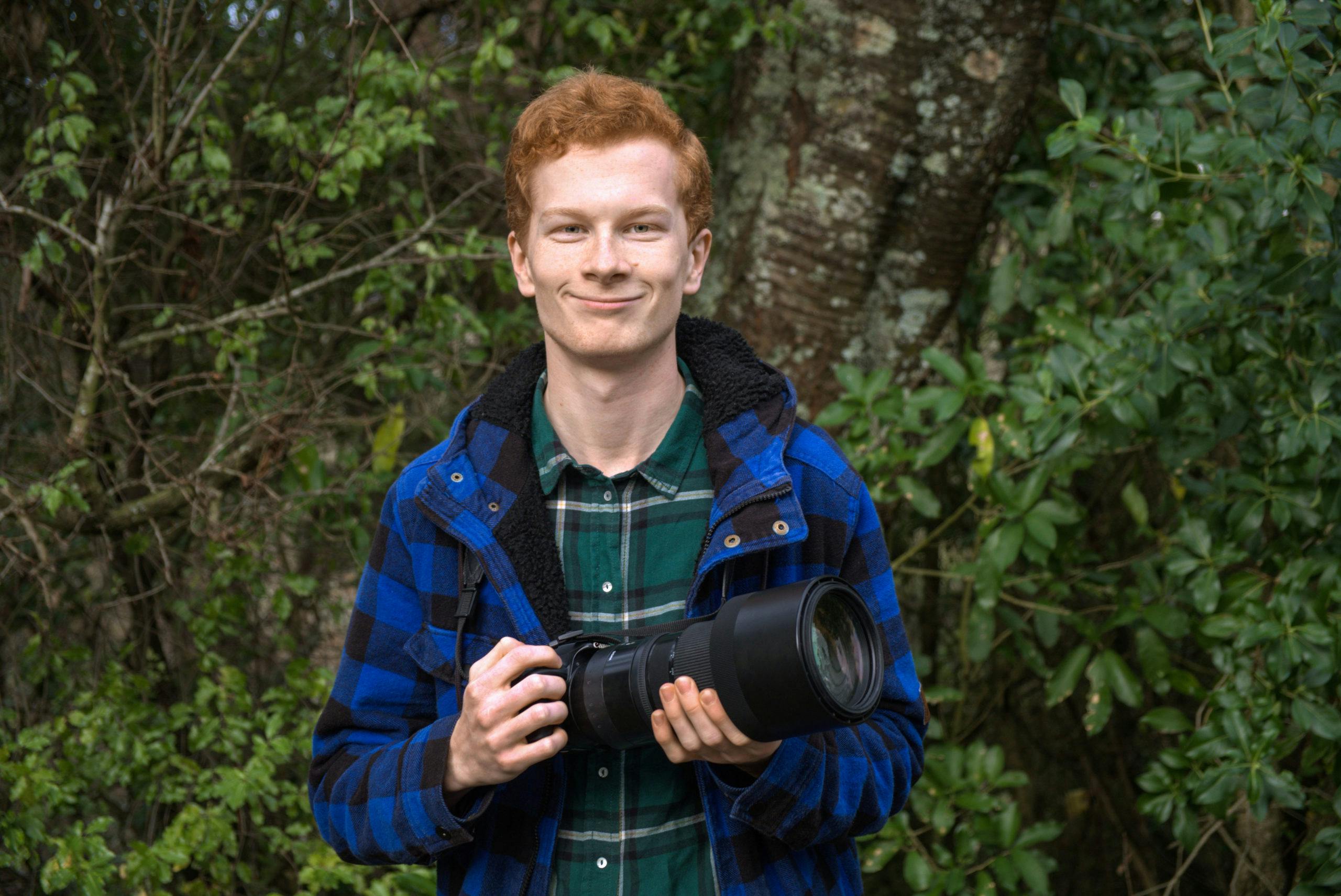At just 20 years of age, Auckland student Oscar Thomas’ lifelong love of birds has culminated in his first book, A Naturalist’s Guide to Birds of New Zealand.
How did your passion for birds start?
It’s a bit fuzzy but at a young age I flipped between different interests, including dinosaurs, insects, gemstones, seashells, ten pin bowling, and gondolas. The bird obsession managed to hold on and grow exponentially. Seeing a particular species of bird for the first time in your life is an amazing feeling. Now I’ve seen 213 different wild birds in New Zealand and over 500 around the world. It’s kind of like Pokémon, but in real life.
How was your birding perceived by others?
I was probably regarded as a bit strange through school. But many people were super keen to boost my interest and take me places further afield – my extended family especially. I’m lucky to have many aunties dotted around the place to visit. My headmaster at Rosmini College was happy to have my help on the annual year 13 biology field trip to Tiritiri Matangi Island long before it was actually my class going. I wouldn’t have the knowledge or photographic opportunities to create a book if it wasn’t for the help of everyone around me.
How did the book come about?
I provided some photographs for the late Liz Light’s book The 50 Best Birdwatching Sites In New Zealand and she gave my name to the London-based publishing company when they decided to add a New Zealand title to their ‘Naturalist’s Guide’ series. I had always been interested in the idea of putting together a book of New Zealand’s birds using my own photographs, but I was lucky to be in a position where it was feasible to complete the project when I got the offer. I was a few months into a year-long exchange to Belgium when I got the confirmation to go ahead with the book. With a bit of effort, I got the 40,000 words and 400 photographs together over a 10-month period. I wrote a good chunk of it while riding on trains across Belgium, which was a very peaceful pastime.
Where does your book fit into the genre?
A few people have pointed out that it’s been a while since a decent photographic guide to New Zealand’s birds was published that occupies the niche of ‘small enough to bring into the field’ while also being packed with useful tips in finding and identifying birds. I hope it appeals to anyone looking to begin exploring our wonderful birdlife in our big backyard.
Which bird was the hardest to photograph?
The hardest birds to photograph have been the ones I have yet to find. The Auckland Island rail is undoubtedly the hardest to cross paths with due to its inaccessible subantarctic habitat and elusive nature – I was lucky to get one of the six known photos of them alive to use in the book, taken by Colin O’Donnell of DOC. But birds are difficult to photograph for a myriad of reasons. Rifleman/titipounamu are NZ’s smallest birds and are known to rarely ever sit still for the camera. Birds like the Australasian bittern are extremely cryptic, blending in masterfully with their wetland surrounds, and if they feel like they’ve been spotted they make a hasty departure. In terms of access, the mythical black robin/kakaruia and other vulnerable species endemic to the Chathams would be the biggest accomplishment, as they are restricted to scientific island reserves where DOC rangers and volunteers can look after them.
What’s next for you?
I’m studying for a Bachelor of Science at the University of Otago, majoring in ecology and zoology. My eyes are set on working with DOC afterwards, and seeing where I go from there. If things drift closer to marine science then I would also consider taking a role in seabird protection, perhaps as a fisheries observer on vessels. In the distant future, I think it would be really cool to guide people around New Zealand to show them as many birds as possible.








